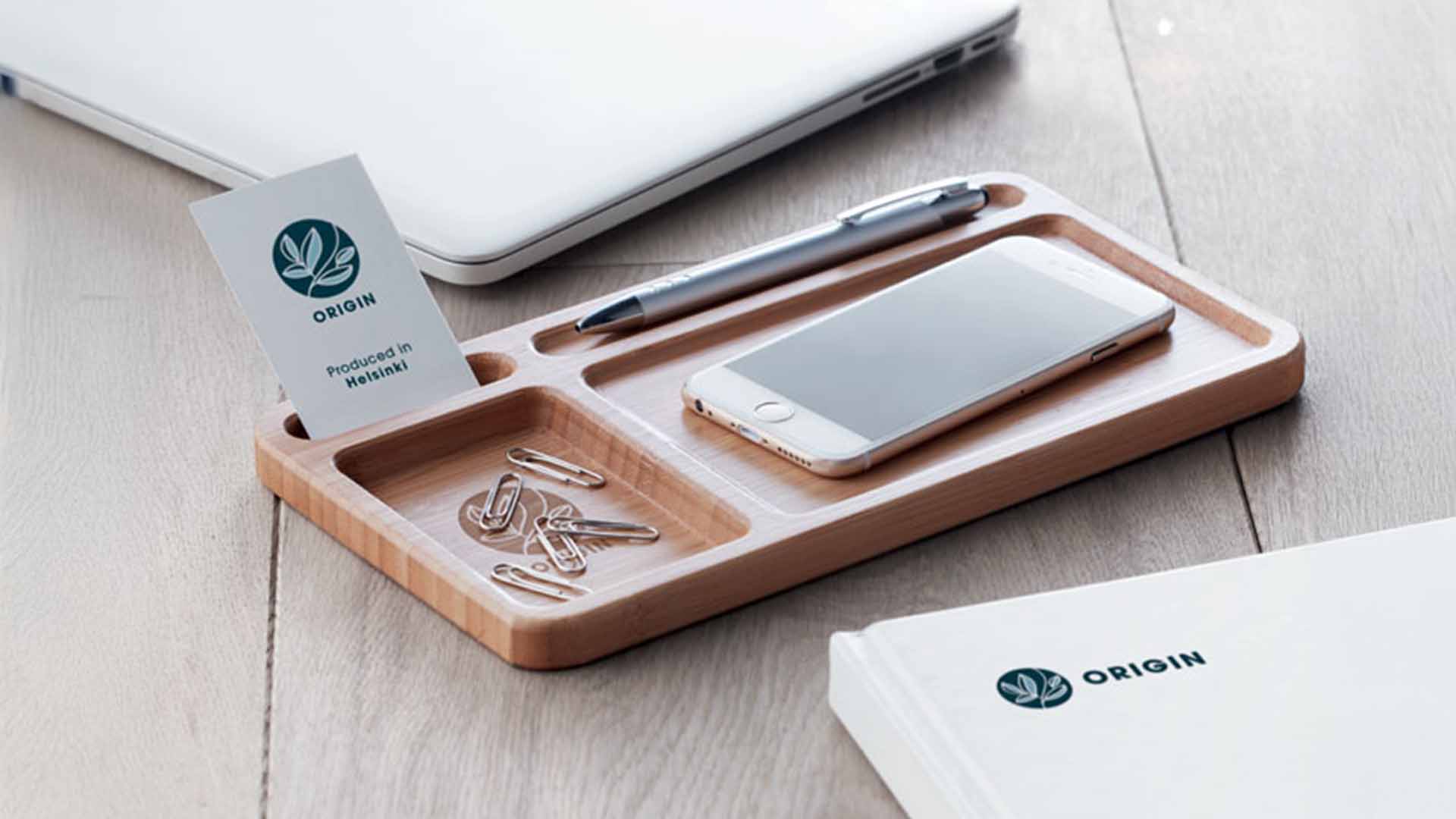The History of Promotional Gifts: From Ancient Empires to Modern Marketing

Promotional gifts are everywhere in today’s business world — branded pens, reusable tote bags, thermal bottles at conferences, or T-shirts at trade shows. But have you ever wondered where and how this practice began? In this article, we travel through time to explore the origin and evolution of promotional gifts, from the earliest examples in ancient civilisations to their strategic role in modern marketing.
Ancient Roots: Customisation in Early Civilisations
The idea of using customised items to convey power, identity or recognition is far from new. As far back as antiquity, leaders and institutions used marked objects to reinforce their influence.
-
Egypt and Rome: coins bearing the likeness of emperors were distributed at public ceremonies to enhance visibility and authority.
-
Ancient Greece: inscribed vases and amulets celebrated civic events or honoured the gods.
-
Imperial China: stamps and markings on fabrics or porcelain promoted the prestige of noble families or skilled artisans.
While not promotional gifts in the modern sense, these objects reveal a long-standing human tendency to use physical items to communicate messages.
18th Century: Gifts as a Political Tool
The concept of promotional gifting began to take a recognisable form in the 18th century, particularly with the birth of the United States.
-
1789 — George Washington: during his presidential campaign, customised buttons bearing his name and slogans were distributed among supporters. These items are among the first recorded examples of political merchandising.
This paved the way for the use of gifts in civic, commemorative and political contexts, especially during elections and public celebrations.
The Industrial Revolution and 19th Century: The Birth of Promotional Strategy
The rise of industrialisation enabled mass production, making it feasible to create customised items at lower costs — which gave rise to new promotional practices.
-
1880s USA: Jasper Meek, a printer from Ohio, is often called the “father of the modern promotional product.” Working with a local shop, he began printing ads on school bags given to children, spreading the brand message through public exposure.
Soon after, items like rulers, calendars, keyrings and pens became popular advertising tools.

20th Century: Corporate Branding and the Rise of Promotional Culture
With increased consumption and growing competition, promotional gifts became a central part of a company's marketing mix throughout the 20th century. They were used to:
-
Differentiate brands at trade fairs and public events;
-
Build customer and partner loyalty;
-
Reinforce corporate identity visually and tangibly.
During World War II, badges and pins were used to support patriotic causes. In the post-war boom of the 1950s and 60s, promotional creativity flourished — from branded watches to Zippo lighters, caps, games and household items.
21st Century: Sustainability, Tech and Personalisation
In the new millennium, promotional gifting entered a new era, driven by three key trends:
1. Sustainability
Growing environmental awareness led to the rise of eco-friendly promotional items, such as:
Today, sustainable gifting is more than a trend — it’s often an expectation from both companies and consumers.
2. Technology
Digital transformation introduced new types of branded items:
-
USB drives, power banks, wireless chargers;
-
Bluetooth gadgets like speakers or headphones.
These gifts are highly practical and fit seamlessly into the modern tech lifestyle.
3. Personalisation and Exclusivity
With advances in digital printing, it’s now possible to customise almost any object with a company’s logo, colours, slogans or even the recipient’s name. Personalisation is no longer optional — it’s an essential element of brand experience.

Today’s Gifts: More Than Products — Experiences and Relationships
Promotional gifts are no longer simply items with logos. They’re strategic communication tools that:
-
Generate positive emotions and brand recall;
-
Build long-lasting relationships with clients, partners and employees;
-
Position the brand in a practical, relevant and memorable way.
They’re also increasingly used in internal campaigns, onboarding kits, employer branding strategies and CSR (Corporate Social Responsibility) initiatives.
Conclusion: A Living Legacy
From Roman coins to modern sustainable gadgets, the history of promotional gifts tells the story of how brands have communicated and connected with people through objects. What began as a tool for asserting power and identity has evolved into a creative industry powering thousands of businesses worldwide.
In an age of digital overload and fast scrolling, tangible, useful and emotionally resonant gifts continue to cut through the noise.
Your brand is part of this story too.
Looking to create promotional gifts that strategically express your company’s values? Talk to us — we help turn objects into memorable brand experiences.






